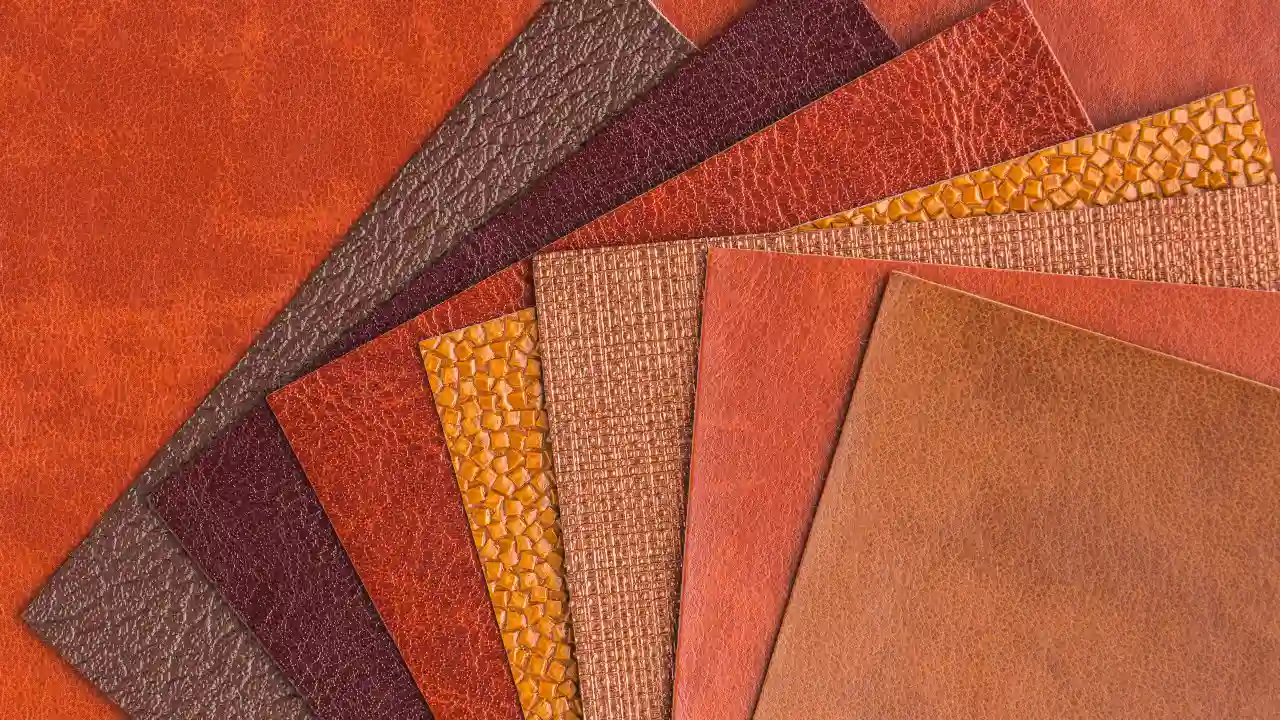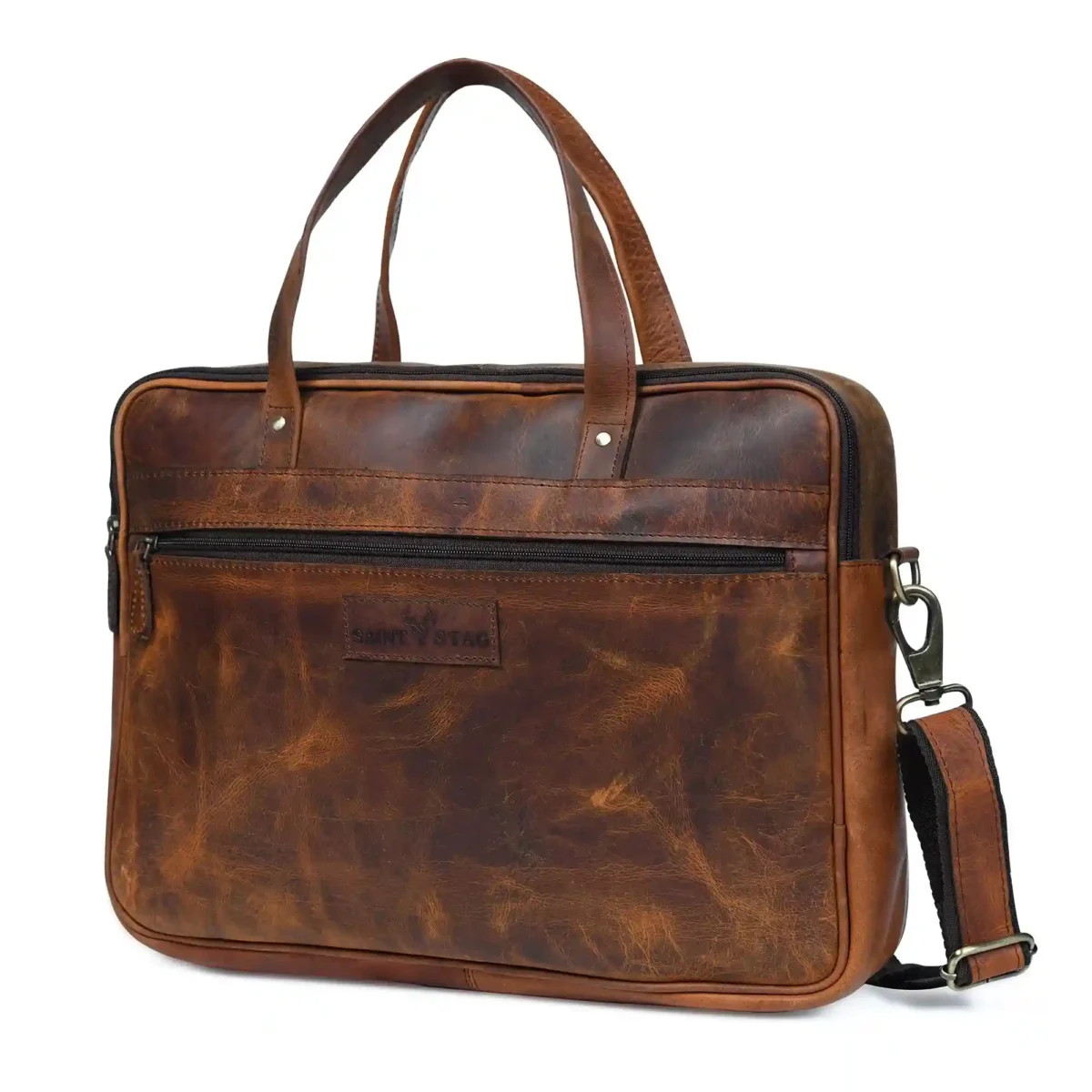🚛 FREE SHIPPING | LIFETIME REPAIR WARRANTY | 20% Sale: “FREEDOM20”

In the realm of fashion and upholstery, the debate between Synthetic Leather vs Leather is one that has sparked considerable discussion and scrutiny. Both materials offer distinct advantages and characteristics, yet understanding the key differences between synthetic and genuine leather is essential for making informed choices in various applications.
Synthetic leather, also known as faux leather or vegan leather, is a man-made alternative crafted from synthetic materials such as polyurethane or PVC. It is designed to mimic the appearance and texture of genuine leather while offering greater affordability and versatility. On the other hand, leather is a natural material derived from animal hides, prized for its durability, unique grain patterns, and luxurious feel.
In this exploration of Synthetic Leather vs Leather, we delve into the fundamental disparities between the two materials. From their production processes to their performance in terms of durability, breathability, and environmental impact, we uncover the nuanced distinctions that influence consumer preferences and industry practices. Additionally, we examine the ethical considerations surrounding each material, considering factors such as animal welfare and sustainability.
By unveiling the key differences between Synthetic vs Leather, this analysis aims to provide clarity for consumers, designers, and manufacturers navigating the myriad options available in the market. Whether opting for synthetic or genuine leather, understanding the pros and cons of each material empowers individuals to make choices aligned with their values, preferences, and practical needs.
When comparing Synthetic Leather vs Leather, it’s essential to understand the distinctions between these two materials and their implications for various products. Synthetic leather, also known as faux leather, is crafted from artificial substances like polyurethane or PVC, offering affordability and versatility. While it may resemble the appearance of real leather, synthetic alternatives often lack the natural variations and durability associated with genuine leather.
On the other hand, leather boasts a luxurious feel and durability derived from natural animal hides. While Real Leather vs Synthetic Leather may involve higher costs, many consumers appreciate its longevity and timeless appeal. Whether it’s Leather Messenger Bags, Travel Bags for Men, or Leather Hobo Bags, genuine leather exudes quality and sophistication that can elevate any outfit or occasion.
The choice between Synthetic vs Leather often hinges on factors such as cost, durability, aesthetics, and ethical considerations. While synthetic leather offers affordability and versatility, genuine leather embodies luxury and durability. Whether opting for synthetic or genuine leather products, consumers have a plethora of options to suit their needs and style preferences. Understanding the distinctions between synthetic leather vs leather enables individuals to make informed choices that align with their values and preferences, ensuring satisfaction and enjoyment of their chosen products.
When comparing Synthetic Leather vs Leather composition, the fundamental disparities between these materials become evident. Synthetic leather is primarily composed of artificial substances like polyurethane or PVC, which are layered onto a fabric backing to mimic the appearance and texture of genuine leather. This manufacturing process allows for greater versatility and consistency in terms of color and texture. In contrast, leather is a natural material sourced from animal hides, typically cowhide but also including hides from other animals like goats or sheep. Leather undergoes tanning processes to preserve and enhance its properties, resulting in a material prized for its durability, unique grain patterns, and luxurious feel.
The debate of Synthetic vs Leather composition extends beyond aesthetics to factors such as durability, breathability, and environmental impact. While synthetic leather may offer affordability and cruelty-free production, it often lacks the durability and breathability of genuine leather. Conversely, Real Leather vs Synthetic Leather comparison highlights the environmental implications and ethical considerations associated with each material.
Moreover, the choice between materials also extends to various applications, including accessories like Briefcase vs Suitcase and dye leather purse. While both materials can be used to create these items, genuine leather is often preferred for its premium quality and durability. Additionally, considering Messenger Bag Style, leather is a popular choice due to its classic and timeless appeal.
When comparing Synthetic Leather vs Leather in terms of appearance and feel, discernible disparities arise, influencing consumer preferences and purchasing decisions. Synthetic leather, crafted from artificial materials like polyurethane or PVC, often exhibits a uniform appearance with consistent texture and color. While it can mimic the look of genuine leather, synthetic alternatives may lack the natural variations and grain patterns found in real leather.
In contrast, leather boasts a distinct aesthetic characterized by its unique grain patterns, textures, and natural variations. Each piece of leather carries its own story, reflecting the animal’s life and environment. The touch of genuine leather exudes a luxurious and supple feel that is difficult to replicate with synthetic materials.
The debate of Synthetic vs Leather appearance and feel extends to considerations of authenticity and quality. While synthetic leather may offer affordability and versatility in terms of color options, it may lack the richness and depth of real leather. Moreover, Real Leather vs Synthetic Leather comparison highlights the durability and longevity associated with genuine leather, which often ages gracefully, developing a desirable patina over time.
In applications such as Dye Leather Purse, the choice between synthetic and genuine leather can significantly impact the final product’s appearance and feel. While both materials can be dyed to achieve various colors, the inherent qualities of leather lend a sense of luxury and sophistication unmatched by synthetic alternatives.
When evaluating Synthetic Leather vs Leather in terms of durability and comfort, notable differences emerge, influencing the suitability of each material for various applications. Synthetic leather, composed of artificial substances like polyurethane or PVC, is generally less durable than real leather. While it may offer initial affordability and resistance to water damage, synthetic alternatives often degrade more quickly over time, with the potential for cracking or peeling.
In contrast, leather boasts inherent durability and longevity, making it a preferred choice for items that endure frequent use, such as bags or shoes. Additionally, leather’s natural properties allow it to adapt to the wearer’s body temperature, providing enhanced comfort and breathability.
The debate of Synthetic vs Leather durability and comfort extends to considerations of authenticity and quality. While real leather may require more maintenance, such as conditioning and occasional cleaning, its superior durability ensures longevity and resilience to wear and tear. Conversely, Real Leather vs Synthetic Leather comparison highlights the potential for synthetic alternatives to lack the comfort and breathability of genuine leather.
In applications such as Briefcase vs Suitcase, where durability is paramount, genuine leather often proves to be the preferred choice due to its resilience and longevity. While alternatives like Bonded Leather vs Faux Leather may offer cost savings, they may compromise on both durability and comfort, making them less suitable for long-term use.

Whether you are teachers, doctors, researchers, students … We can transport a 15-inch computer and several A4 files without worries.
When considering the environmental impact of Synthetic Leather vs Leather, it’s essential to examine various factors that contribute to sustainability and eco-friendliness. Synthetic leather, made from artificial materials like polyurethane or PVC, often raises concerns due to its reliance on petrochemicals and the energy-intensive production process. Additionally, the disposal of synthetic materials may contribute to environmental pollution and waste accumulation.
In contrast, leather production involves natural materials sourced from animal hides, which can have a significant environmental footprint, including land use, water consumption, and greenhouse gas emissions. However, advancements in sustainable leather production, such as eco-friendly tanning methods and waste reduction initiatives, aim to mitigate these impacts.
The debate of Synthetic vs Leather environmental impact also extends to considerations of longevity and biodegradability. While synthetic alternatives may offer initial affordability, their shorter lifespan and non-biodegradable nature contribute to environmental concerns. In contrast, Real Leather vs Synthetic Leather comparison highlights the potential for genuine leather to last longer and even biodegrade over time, reducing its environmental footprint.
In applications such as Messenger Bag vs Backpack or exploring different Leather Bag Types, choosing sustainable materials and production practices can help minimize environmental impact. Ultimately, the decision between synthetic and genuine leather involves balancing factors such as durability, aesthetics, and environmental considerations to make informed choices that align with sustainability goals.
When consumers are faced with the decision of choosing between Synthetic Leather vs Leather, several key considerations come into play, influencing their purchasing decisions. Synthetic leather, also known as faux leather or vegan leather, appeals to individuals seeking affordability, versatility, and cruelty-free alternatives. It often mimics the appearance of real leather at a fraction of the cost, making it accessible to a broader range of consumers. However, some may find that synthetic options lack the luxurious feel and durability associated with genuine leather.
In contrast, leather embodies a sense of luxury, sophistication, and durability that synthetic alternatives strive to replicate. While Real Leather vs Synthetic Leather comparison may involve higher upfront costs, many consumers appreciate the longevity and timeless appeal of genuine leather products. Whether it’s a Messenger Leather Bag, a Leather Duffle Bag, or a Leather Shoulder Bag, genuine leather exudes a sense of quality and craftsmanship that can elevate any outfit or occasion.
Ultimately, consumer considerations when choosing between synthetic and genuine leather involve balancing factors such as cost, durability, aesthetics, and ethical considerations. By weighing these factors and understanding the distinctions between Synthetic vs Leather, individuals can make informed choices that align with their values and preferences. Whether opting for the affordability and versatility of synthetic leather or the timeless elegance of genuine leather, consumers have a plethora of options to suit their needs and style preferences.
FAQ
Whether synthetic leather is better than real leather depends on individual preferences and specific needs. Synthetic leather offers affordability, versatility, and cruelty-free production, making it appealing to some consumers. However, real leather boasts durability, natural beauty, and luxurious feel that synthetic alternatives strive to replicate. While synthetic leather may be more accessible and affordable, real leather tends to offer superior quality, longevity, and sustainability. Ultimately, the choice between synthetic and real leather comes down to factors such as cost, durability, aesthetics, and ethical considerations, with neither option universally better than the other.
The disadvantages of synthetic leather include its lesser durability compared to real leather, as synthetic alternatives may crack, peel, or degrade over time. Additionally, synthetic leather lacks the natural breathability and luxurious feel of genuine leather. It may also be less resistant to extreme temperatures and environmental factors, leading to faster deterioration. Furthermore, synthetic leather production often involves the use of petrochemicals and can contribute to environmental pollution. Lastly, synthetic leather may not develop the desirable patina or age gracefully like real leather, affecting its aesthetic appeal and long-term value.
The lifespan of synthetic leather can vary depending on factors such as quality, usage, and maintenance. Generally, synthetic leather products may last anywhere from 1 to 5 years with regular use and proper care. However, lower-quality synthetic leather items may degrade more quickly, experiencing issues such as cracking, peeling, or discoloration within a shorter time frame. Regular cleaning, avoiding exposure to harsh chemicals or extreme conditions, and proper storage can help prolong the lifespan of synthetic leather products.
To distinguish between real leather and synthetic leather, examine the texture and smell. Real leather typically has a natural grain pattern and irregularities, while synthetic leather may have a more uniform texture. Additionally, real leather emits a distinct, earthy smell, whereas synthetic leather may have a chemical or plastic-like odor. Look for imperfections like pores and variations in color, as genuine leather often exhibits these characteristics. Finally, consider the price and quality—real leather tends to be more expensive and durable than synthetic alternatives.


